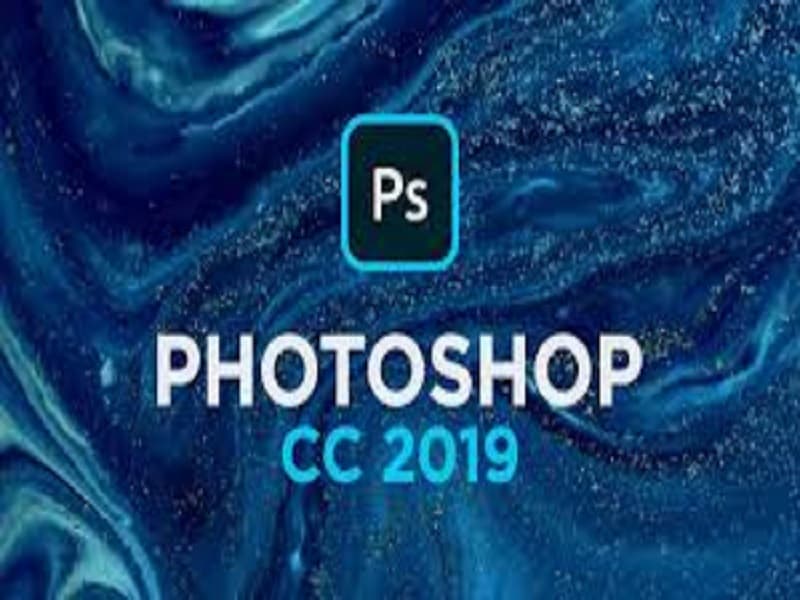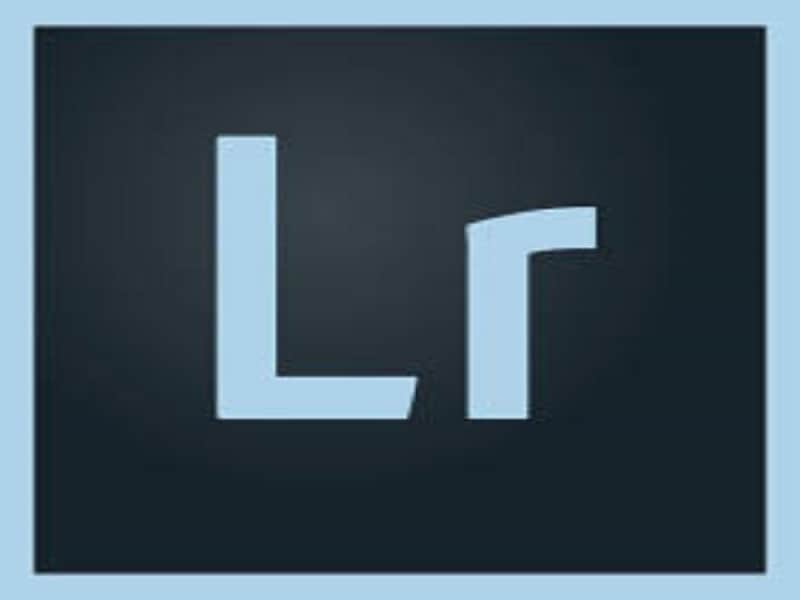For years now, Adobe Photoshop has been seen as the king of image editing programs. The word “Photoshop.” is even popular language among youths nowadays as the mention of the name instantly hints at digitally changing an image.
Because of this established reputation, Photoshop is always the first choice among several photographers that excellent editing photos. However, this dominance from Photoshop lasted until a capable competition showed up – Adobe Lightroom.

With a variety of fantastic pictures, it seemed identical to Photoshop but still offered something different. Now the major hurdle every photographer has to face is the tough question that would lead to a very vital decision, “Photoshop or Lightroom. Which should I go with?”
Let us help make this choice easy on them by highlighting the strengths and weaknesses of each program. This should be fun.
1. Photoshop
 This is a pixel-based image editor. For clarification on what pixels are, They are tiny dots that photographs are made of. Editing photos with Photoshop give you total control up to the individual pixels. It is remarkable when it comes to retouching. If your aim with your image is to whiten your teeth, take away stray hairs, edit blemishes or do anything else, Photoshop offers the quickest way to get that done. It possesses handy tools like patch tool, clone stamp and the spot healing brush to ensure fast and efficient retouching. Photoshop is capable on the principle of layers; you get to come up with several adjustments and control their intensity.
This is a pixel-based image editor. For clarification on what pixels are, They are tiny dots that photographs are made of. Editing photos with Photoshop give you total control up to the individual pixels. It is remarkable when it comes to retouching. If your aim with your image is to whiten your teeth, take away stray hairs, edit blemishes or do anything else, Photoshop offers the quickest way to get that done. It possesses handy tools like patch tool, clone stamp and the spot healing brush to ensure fast and efficient retouching. Photoshop is capable on the principle of layers; you get to come up with several adjustments and control their intensity.
The gives you an intelligent control of the look of your photo. You are also able to record a set of related steps so that all you need to do is click on a button and they’ll be carried out automatically. Recording a sequence of steps only to use a click of a button to carry it out can be complicating, industries coming out to create and sell them are testaments to this, but Photoshop’s great learning curve lets photographers purchase ready-made packages to accomplish specific effects.
- Must Read: Corel Draw Vs Illustrator: Which Is Better?
With Photoshop, you also get to copy from one image and paste into a blinking icon. This is possible because of Photoshop’s pixel-based image editor status. Its ability to choose specific pixels and paste into another photo proves that Photoshop is a great way to maneuver and combine images. Another magical feature of Photoshop is the Content Aware Fill that can be used in several ways. Gigantic and distracting elements from models can be taken off entirely with this feature. I’m talking about aspects like a building or a tree that are so unwanted then. It is also useful for stretching or extending an image artificially. Please bear in mind that this may not work as you expect all the time, but Photoshop is very decent when it comes to filling something in.
But everything with a right side can also have a lousy team and Photoshop is no exemption. One is that Photoshop is expensive and if you are not very cautious, saving over your original file can happen as a mistake, making it difficult to go back to the untouched image. So that potential to destroy what you created is there. Also, since we all know that Photoshop gives you comprehensive control, learning how and when to make use of all its features can be very breathtaking.
Another aspect of Photoshop’s weaknesses worth noting is that it only functions with individual images. Group photos are not catered for. Going through each picture individually instead of collectively can be somewhat time-consuming. And because Photoshop’s sole aim is being a pixel based editor, you are required to use other programs like Adobe Bridge for sorting, organizing and checking your images out. As for shooting in RAW format, you have to resort to processing your photos in Adobe Camera Raw (ACR) or Lightroom before heading back to Photoshop.
2. Lightroom
 This is image management and editing program also developed by Adobe, the same owners of Photoshop. With this program, photographers can do beautiful things in their photos. Things like importing, sorting and organization, processing and finally, exporting and sharing wherever they wish. It is a program used to help you work effectively with plenty of images. The same Adobe Camera Raw engine you get with Bridge and Photoshop is present in Lightroom; the only slight difference is it is experienced in a better-designed interface. Adjustments can be made to the exposure, contrast, saturation.
This is image management and editing program also developed by Adobe, the same owners of Photoshop. With this program, photographers can do beautiful things in their photos. Things like importing, sorting and organization, processing and finally, exporting and sharing wherever they wish. It is a program used to help you work effectively with plenty of images. The same Adobe Camera Raw engine you get with Bridge and Photoshop is present in Lightroom; the only slight difference is it is experienced in a better-designed interface. Adjustments can be made to the exposure, contrast, saturation.
Sharpening, cropping, split-toning, creative dodging e.t.c are covered as well. Lightroom possesses presets, identical with the one in Photoshop. What differentiates how they both function is, instead of saving a sequence of steps for how you want the photo processed, Lightroom presets allows you to record how the adjustment sliders are configured. The presets that comes with this program are less adaptable because you cannot control your opacity easily like in Photoshop.
With Lightroom, the time used to apply a preset to a group of images is far minimal compared to applying Photoshop action to a group. Since activities are step-based, Photoshop takes each step individually while Lightroom does several photos at the same time, making it more productive. One to note, whether you are using RAW files or JPEGS, Lightroom does not tamper with your original data. Whenever you go ahead to adjust an image, what you are engaging in is, coming up with a set of instructions for how Lightroom should save a copy of the file. These guidelines are kept and stored in the Lightroom catalog file or in your XMPs. Also, The worry you get about mistakenly saving over your original file in Photoshop is nonexistent in Lightroom.
So, experiment all you want. Lightroom is a more global program compared to the only the pixel level control Photoshop offers. With this fact, Lightroom is more simple to learn. Its interface is also designed to aid you to do things with your photos in a rational manner. Another advantage that Lightroom brings is its less-costly price. It is more affordable than Photoshop.
Like in Photoshop, Lightroom also has its disadvantages and weaknesses. One of which is, even if simple retouching can be done in Lightroom, it is not the go-to program if you have to dive into extensive retouching. The tweak-control or speed, vital to make this a very effective experience, is not present. Because of this development, you now have to resort to seeking Photoshop for help with its clone stamp and spot healing brush that caters for faster retouching.
Also, if you aim to bring photos together, combine images, or engage in any major maneuvering work, then Photoshop is the answer. Lightroom is the program for you if it’s about performing global adjustments on images, but anything pixel level editing should be left to Photoshop. One more thing, Lightroom is just a program Adobe came up with for photographers that aim to edit photos, while Photoshop is used for editing and other aspects of graphics, and not only images.
Conclusion:
So there you have it, there is no right choice. The huge news is you can use both Lightroom and Photoshop together because they integrate quite well and that way you get to pick a thing or two from the benefits that come with both. If your photography journey just began, Lightroom might be the answer for now so you can include Photoshop to your photo editing software sometime in the future.
Both Photoshop and Lightroom are amazing software packages that can bring out your post-processing and post-production creativity. Just focus on choosing the appropriate editing program that suits your editing photo needs according to the project before you.
Having read through this article one Photoshop or Lightroom which should you choose, I trust you must have understood the reasons one of them is preferred to the other. If you have contrary opinions, feel free to drop your reasons in the comment box below.



